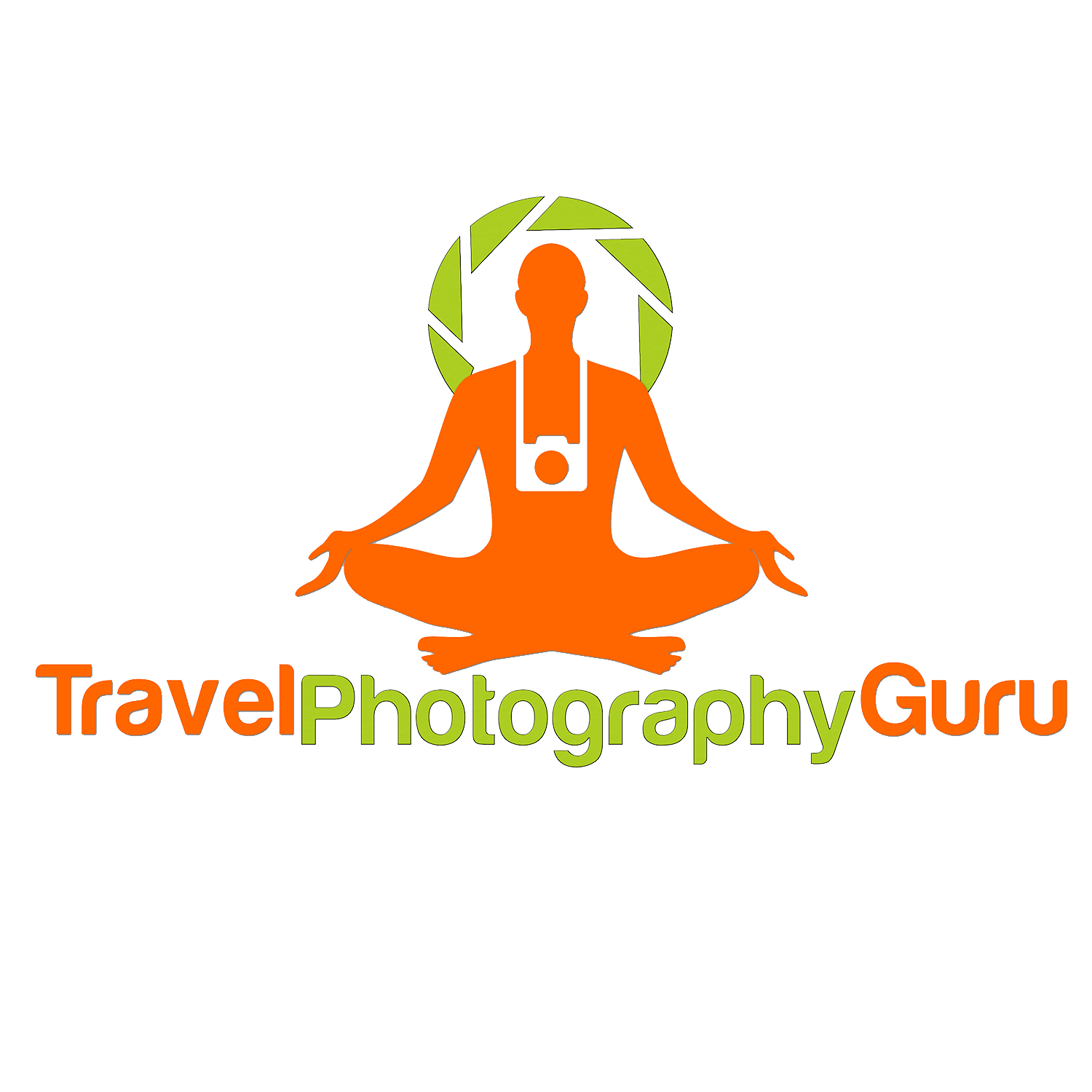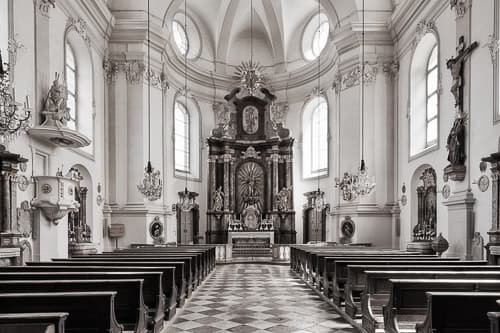RAW or JPEG: Timely Advice For How To Make Your Best Photos
RAW workflow and the spectacular Múlafossur Waterfall in the Faroe Islands.
The whole problem with the RAW vs JPEG discussion is the notion of best. What's right for you is all that matters.
I’ve long been an exponent of RAW exposure and processing. But that doesn’t mean I recommend it to everyone. Quite the reverse!
While RAW is the best option for those prepared to process their image files on the desktop, it’s not for everyone.
So, regardless of what’s theoretically best, what matters to most folk is what is the most appropriate way to expose, process and store their files.
Ultimately your decision should be based around your own workflow and the way you prefer to spend your time.
If photography for you is about being out and about and recording the world around you, and the notion of spending significant periods of time processing those photos on your computer is unappealing, then JPEG is for you. It’s really that simple.
Once you’re able to master the technical and aesthetic principals associated with photography you’ll likely be more than happy with the results achieved with your camera set to JPEG.
You can always improve a JPEG through post processing. But the point is you don’t have to.
RAW files have to be post processed. What comes out of the camera is usually soft, flat and lower in color saturation than you’d prefer.
That’s fine, the RAW file simply needs to be processed. But it’s not done by the camera, but by the photographer.
As you can see from this photo of the spectacular Múlafossur Waterfall near the village of Gásadalur in the Faroe Islands a RAW workflow is well suited to serious landscape photography.
It’s an amazing site to witness this waterfall flowing directly into the sea. The Faroe Islands is also a very, very long way from my current abode in Melbourne, Australia.
I travel, primarily, to photograph. Being driven to achieve the highest possible quality RAW is the most appropriate workflow for my needs.
The reality is most folks have neither the skill nor the inclination to post process their files before sharing them via social media and the like.
That’s the point I’m trying to make.
If you’re a professional photographer you need to spend your time dedicated to money making activities. For the most part that will involve the following:
Marketing your business
Making images in camera
Selling those images
If you can’t financially justify the massive commitment required to post process RAW files then you might be better off switching to an in camera JPEG workflow.
RAW workflow applied to this stormy sky over Tórshavn Cathedral, Faroe Islands.
The Making Of A JPEG Image In Camera
Do you remember back to the days of film based photography?
While it was possible to process your own photos in the darkroom, the vast majority of photographers left that up to photo labs associated with the Kodak, Fuji or Agfa brands.
By setting your camera to JPEG you’re doing a similar thing.
The original RAW data recorded by the camera at the moment of exposure is processed, in camera, to produce a result with which most folk are usually happy.
All the more so if Little Johnny is smiling.
Setting your camera to JPEG enables the camera to both record and process your photos. That’s a significant advantage for most amateur and enthusiast level photographers.
Incidentally, JPEG is an acronym for the Joint Photographic Experts Group.
Sounds like a bunch of blokes to me!
I think it’s correct to say that, you can make a black and white image, in camera, on most modern mirrorless and DSLR cameras.
Some cameras provide the opportunity to apply one or more tints which might produce something like the sepia treatment I applied to the image of the Tórshavn Cathedral in the Faroe Islands.
However, if you’re prepared to post process an image, whether it be a RAW or JPEG file, you’ll have far greater control over the color of your images.
A lush turf roof house on the island of Streymoy, Faroe Islands.
RAW Exposure and Processing Is Right For Me
I come from a darkroom background, including days as a newspaper photographer and nine years studying photography at a tertiary level.
For me the idea of being able to process my RAW files to better render the subjects and scenes photographed in accordance with my own, individual aesthetic is appealing.
The lush turf roof house by the shores of a fjord in the Faroe Islands was a sight to behold. But the light that morning was quite blue in color.
Blue light can have an adverse effect on the color reproduction of green grass in a landscape photograph.
And good understanding of color allowed me to adjust my camera to reduce the bluish light and, as a result, achieve a more yellow/green rendering of the turf.
This can be achieved whether you’re adopting a RAW or JPEG workflow. But with a JPEG workflow it’s critical to get such adjustments right in camera.
The notion of spending more time on the computer than in the field is acceptable as it’s akin to the kind of commitment I was use to from my darkroom days.
But it’s not my preference, as I much prefer making photos in camera to post processing digital files on the computer.
Photography is a game of compromise.
As I’m able to dramatically improve the quality and emotive characteristics of my photos on the desktop I consider post processing to be a compromise I’m prepared to make.
But just because that’s the workflow I consider most appropriate to my needs doesn’t mean it‘s right for you.
Small boats and yachts on the island of Nólsoy, Faroe Islands.
JPEG Is Efficient, Mark My Words
Like most other things in photography your choice of a workflow based around RAW or JPEG will involve compromise.
JPEG is an efficient format. The camera processes the file, in an instant, for you.
It’s then compressed which allows for greater storage capacity on your camera’s memory card and, later, on your computer or external hard drive.
About To Travel?
JPEG files and White Balance
You can, of course, choose to further process the JPEG file yourself, at a later stage in applications like Lightroom or Luminar.
But you’ll be working with a JPEG file and it’s important to understand that the file will be far less responsive to adjustments in color temperature compared to an original, and appropriately exposed, RAW version of that same image.
Color temperature refers to the color of the light you’re photographing under and how that can effect the way colors within the scene are reproduced.
Color temperature is controlled by your camera’s white balance. It’s a huge subject and something I’m passionate about.
I work really hard to help people understand how to use their camera to control color reproduction and, thereby, reduce the need for post processing.
White Balance is a topic I’ve written about quite extensively on this site. This link will take you to a visually dynamic and informative post on White Balance that will help you master this essential aspect of photography.
Getting white balance right in camera is critical for a JPEG based workflow. It will help you achieve better results, more often.
You’ll feel more confident making photos and more opportunities for creative photography will surely follow.
JPEG or RAW - It’s Your Choice
So what’s the best option for you and your own, individual circumstances?
If you’re a high end fashion or advertising photographer you already know the answer.
It’s RAW because you want to extract the very best out of your image files.
What’s more you’ve probably invested a great deal of time and effort over the years learning how to do just that. Hopefully you’re paid appropriately for the results you achieve.
If photography, for you, is all about making good photos in camera then JPEG makes sense.
That’s particularly the case if you’re not that comfortable spending hour upon hour processing your photos on the computer.
Just ensure you have the skills that will allow you to make high quality images, in camera. If you live in or around Melbourne I can help you with that.
Feel free to contact me directly if you’d like to chat about the private, one-to-one photography courses I offer.
It might be the case that the genre and/or aesthetic you’re most interested in is better served by a rougher, less flattering look to the final image.
Some street and documentary photographers would fit into that description. For them a JPEG workflow might be the way to go, though personal preference is what matters most.
Post processed image of boat houses and fjord in Vágur on Suðuroy.
My own particular approach to travel photography is more akin to traditional fine art landscape and portrait photography.
Image quality is paramount to the work I produce and, to achieve the desired aesthetic, a workflow based around RAW exposure and post processing on the desktop is appropriate.
You can see that in this lovely, highly composed image of boat houses on the edge of a fjord in the village of Vágur on Suðuroy in the Faroe Islands.
A black and white rendering, with very subtle color toning, and local dodging and burning to control contrast and lead the eye through the frame was applied during post processing.
Once again, it’s a compromise I’m prepared to make. But that doesn’t mean you need to.








